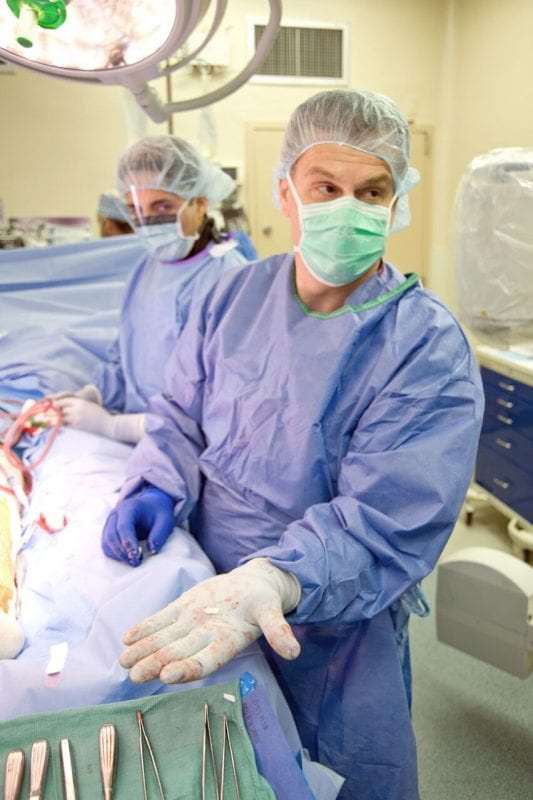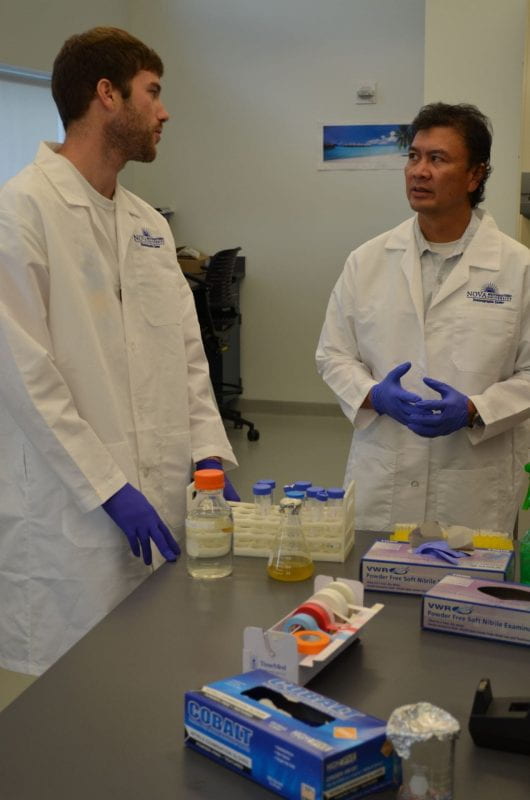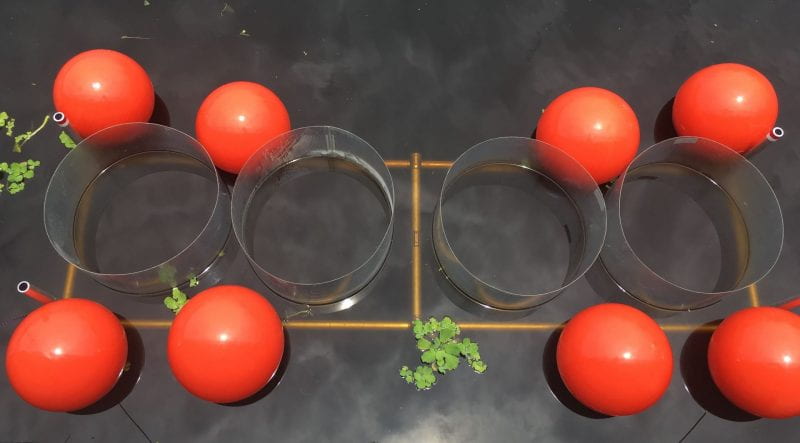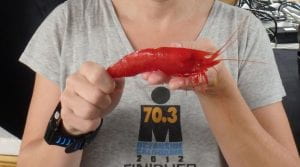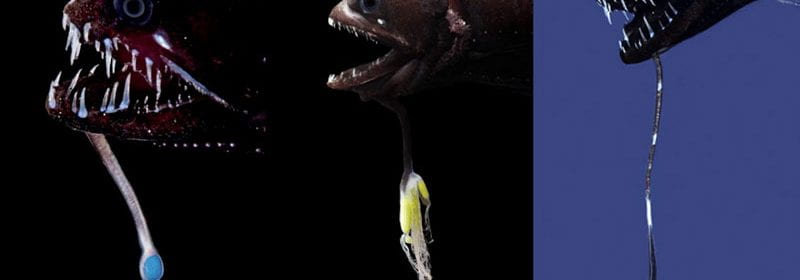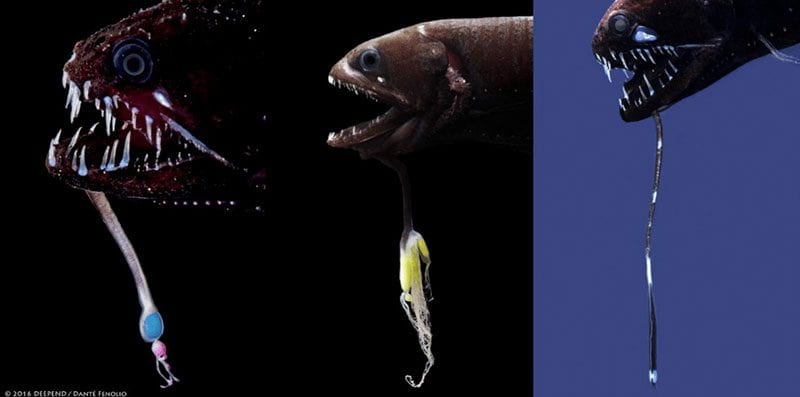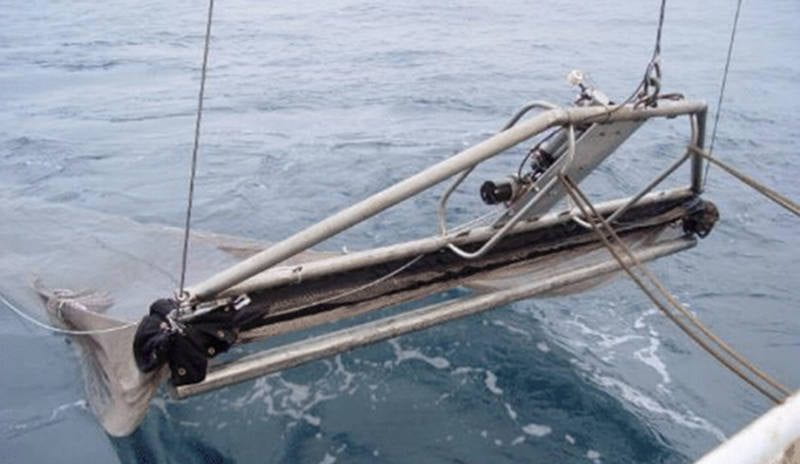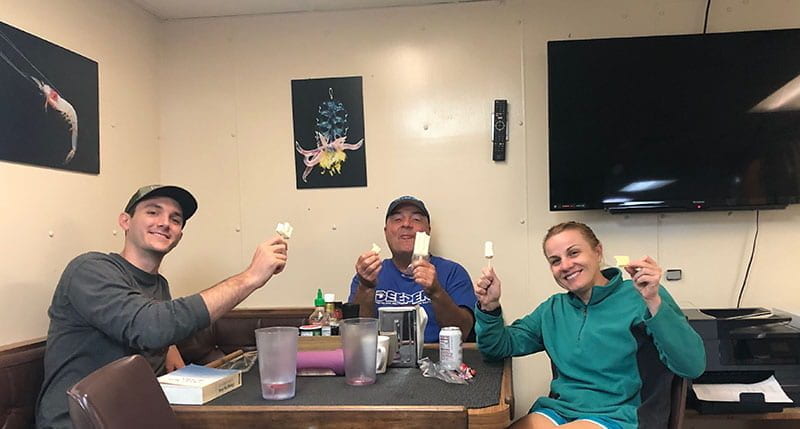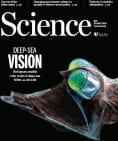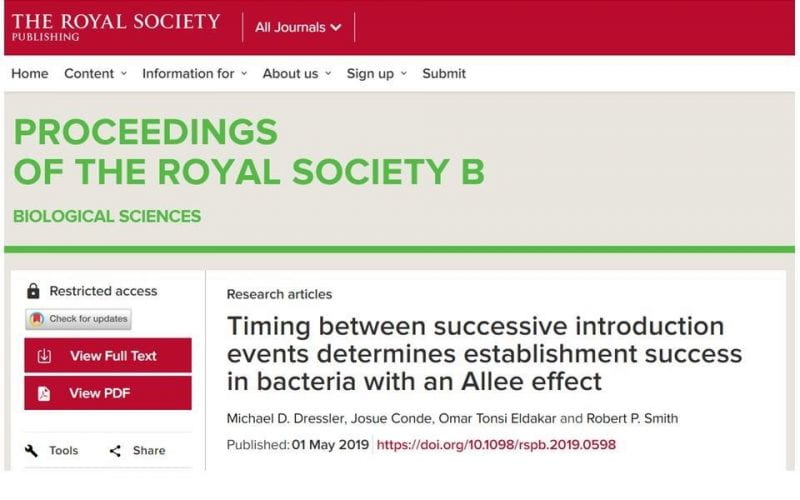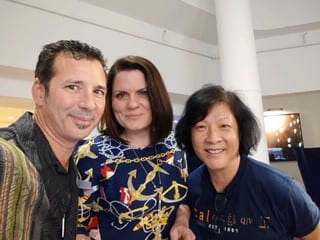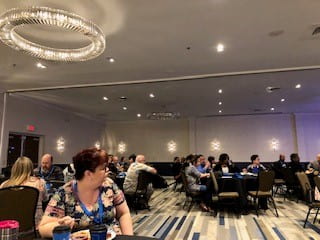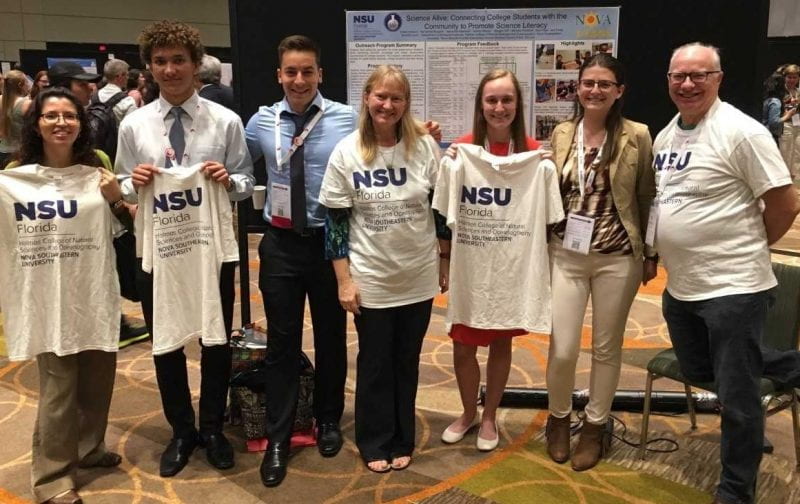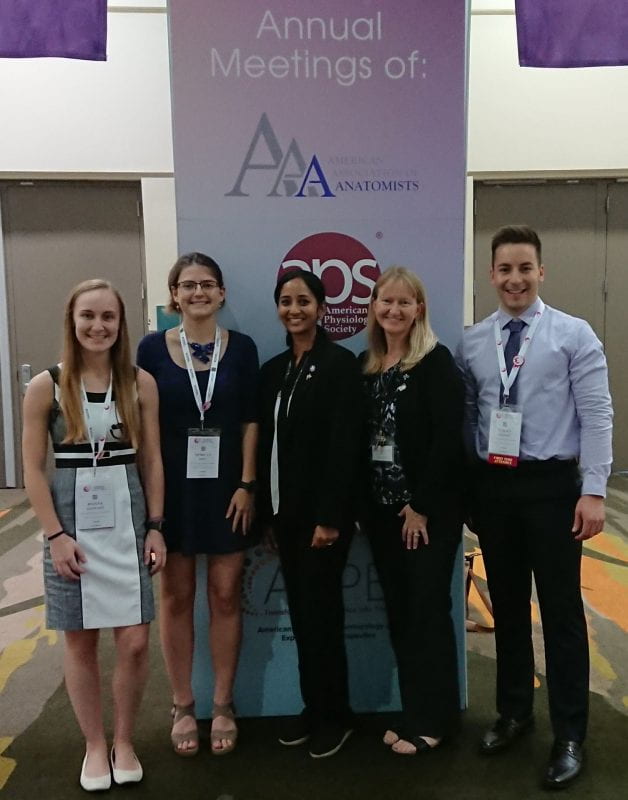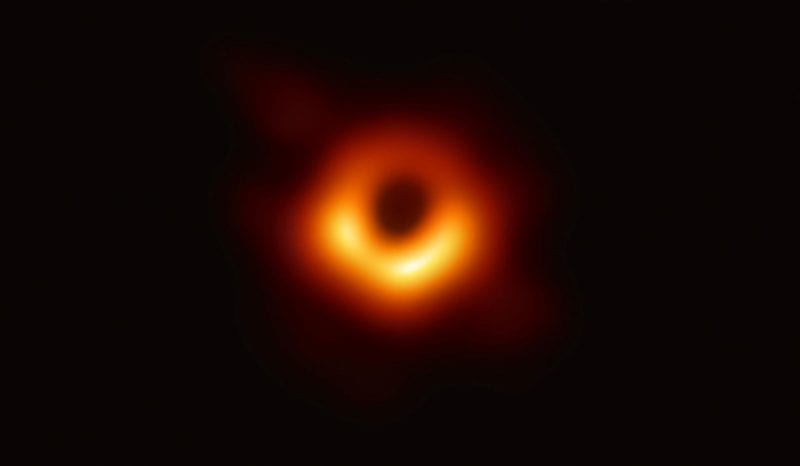Nova Southeastern University Receives Grant to Research Pediatric Sarcoma from Thorek Memorial Foundation

Researchers at NSU have received a $200,000 grant from the Thorek Memorial Foundation of Chicago. This grant will be used to support research aimed at identifying biomarkers and developing novel therapies for pediatric sarcoma.
Children diagnosed with sarcoma present significant challenges to the medical community, as many of these cancers can metastasize and are refractory to treatment, with an overall five-year survival rate of only 20-30% in those patients who relapse following standard therapy. Current treatment options remain largely ineffective in increasing overall survival in cases of metastatic refractory disease. There is an unmet need for developing better treatment strategies for pediatric sarcoma patients. A multidisciplinary team of NSU researchers who form the NSU Sarcoma Research Network (SRN) will utilize the award from the Thorek Memorial Foundation to identify novel treatment targets, diagnostic and prognostic biomarkers as well as develop cutting-edge next generation immunotherapies for sarcomas.
Dr. H. Thomas Temple, a renowned oncological orthopedic surgeon for Translational Research and Economic Development and special assistant to President Hanbury, will collaborate with a team of cancer researchers led by Dr. Adil Duru at NSU Cell Therapy Institute in the Dr. Kiran C. Patel College of Allopathic Medicine to generate a unique biobank of pediatric sarcoma cell lines. Subsequent detailed characterization of the patient material will offer useful insights into the individual tumor’s genome, proteome, secretome, phenotype and function, as well as of the tumor’s microenvironment including immune cells. This will provide a unique resource in the form of a comprehensive database of information and primary material biobank for sarcomas, which will facilitate the discovery of novel diagnostic and prognostic biomarkers. Researchers involved in this project are also working on developing novel patient-tailored targeted cancer therapeutics. The ultimate goal of this collaborative and multidisciplinary project is to develop unique strategies for designing safe and efficient personalized therapeutics for the treatment of pediatric sarcoma patients.
###
About Thorek Memorial Foundation: Thorek Memorial Foundation was created to provide service to the community and to promote and foster understanding of various health and wellness concerns affecting the members of the community. The Foundation will use its resources to identify healthcare needs, improve population health, and address other needs within the community it serves. The Foundation will provide financial support to organizations in the community to assist their operations, activities, and fulfill their missions. Thorek Memorial Foundation will sponsor various scientific, educational and charitable endeavors that result from the identification of certain community health issues. Thorek Memorial Foundation will also support and enrich Thorek Memorial Hospital through various educational activities.
About Nova Southeastern University (NSU): Located in beautiful Fort Lauderdale, Florida, NSU is ranked among U.S. News & World Report’s Top 200 National Research Universities and is a dynamic, private research university providing high-quality educational and research programs at the undergraduate, graduate, and first-professional degree levels. Established in 1964, NSU now includes 16 colleges, the 215,000-square-foot Center for Collaborative Research, a private JK-12 grade school, the Mailman Segal Center for Human Development with specialists in Autism, the world-class NSU Art Museum Fort Lauderdale, and the Alvin Sherman Library, Research and Information Technology Center, which is Florida’s largest public library. NSU has campuses in Fort Lauderdale, Fort Myers, Jacksonville, Miami, Miramar, Orlando, Palm Beach, and Tampa, Florida, as well as San Juan, Puerto Rico, while maintaining a presence online globally. Classified as a research university with “high research activity” by the Carnegie Foundation for the Advancement of Teaching, NSU is one of only 50 universities nationwide to also be awarded Carnegie’s Community Engagement Classification, and is also the largest private institution in the United States that meets the U.S. Department of Education’s criteria as a Hispanic-serving Institution. For more information, please visit www.nova.edu.
